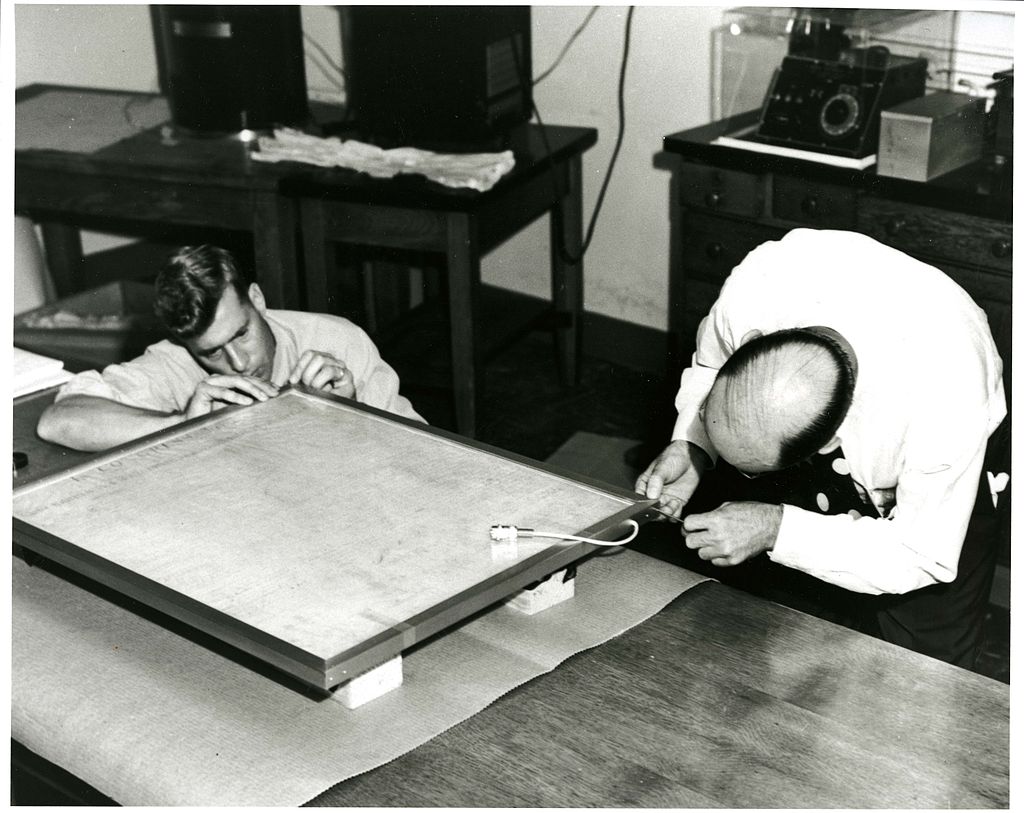Today in 1921, President Warren Harding issued an executive order that would finally protect the United States’ most important documents after decades of wear and tear.
While the U.S. Constitution and Declaration of Independence have changed the world, the original versions of those documents have had it rough.
Especially the Declaration.
The ink used on that document degrades over time, so it was always at risk of fading.
And then, during the Revolution, the document was moved multiple times.
Rolling it up over and over wasn’t great for the paper.
After the U.S. became independent, there were lots of requests for Declaration reproductions.
In the pre-photography days, that meant putting a wet piece of paper on top of the original and transferring away some of the ink.
The Declaration faded even further when it was put on display for decades in a brightly lit space in the Patent Office Building, what’s now the National Portrait Gallery.
And in the early 20th century, a handprint somehow showed up on the parchment.
The Constitution fared better, but it was also moved and put on public display from time to time.
Over the years it showed signs of deterioration too.
President Harding’s executive order was the first step in preserving the country’s most important papers.
The day after Harding issued his order, the Librarian of Congress, Herbert Putnam, put the Declaration and the Constitution into a Model-T Ford truck and put them in the safe in his office.
Ever since, archivists and other experts have been devising extremely high-tech ways to protect these papers, along with the original Bill of Rights.
Today the National Archives is home to a special case to show off what it calls the Charters of Freedom.
Each document rests on an aluminum platform in a chamber filled with argon gas, which protects the papers from more fading.
The outside of the cases are made of glass covered in a light-reflective coating.
The light in the room is always low and there’s no photography allowed.
There are also special sensors inside the cases so that if the conditions change, the preservation team will know and can respond right away.
The entire vault is considered fireproof and waterproof.
It may also be bombproof; they don’t exactly advertise those kinds of details.
But there have been news reports that in case of an attack, the papers would all be moved out of the National Archives building in Washington DC to a secure location.
If so, hopefully no one puts a handprint on any of them.
If you’re celebrating National Coffee Day, you could aim to celebrate like Avery Sisk.
His house in Collettsville, North Carolina is covered in 30,000 coffee mugs, including one from Air Force One.
Constitution of the United States—A History (Archives.gov)
Case Closed (NOVA)
30,000 Coffee mugs COVER this house in North Carolina (Exploring the Obscure)
We hold this truth to be self-evident: Patreon backers make this show possible
Photo via Wikicommons

